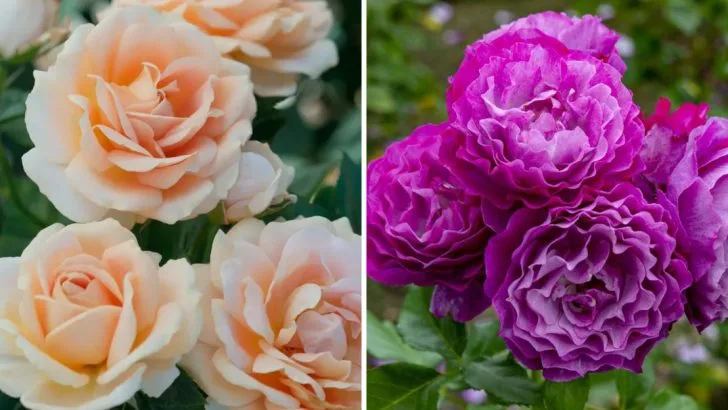Growing roses from seed is one of the most rewarding, yet often overlooked ways to cultivate these beautiful blooms in your garden. While many gardeners prefer to buy established plants, starting roses from seed allows you to experience the full lifecycle of these flowers and gain a deeper connection to them. It also opens the door to unique varieties that you won’t find at the local nursery. But like any gardening endeavor, there are a few tricks to getting it right.
Patience is key when growing roses from seed, but with the right knowledge and preparation, you can increase your chances of success. The process may take time, but the results are well worth it. From selecting the best seeds to understanding the essential steps of scarification and stratification, there are a number of factors that can impact your rose-growing journey. Keep reading for 16 tips that will help you along the way and ensure you get the most out of your rose-growing experience.
Select Quality Seeds
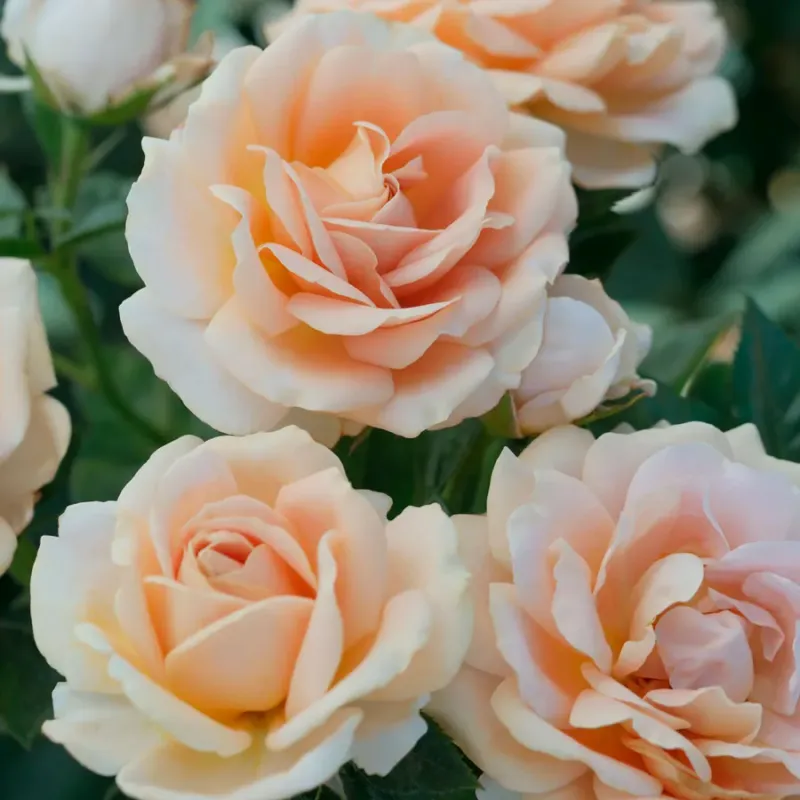
Choosing high-quality seeds is the cornerstone of successful rose cultivation. Start by sourcing seeds from reputable suppliers, ensuring they offer a variety known for its vigor and beauty. Opt for untreated, organic seeds to promote healthy growth and reduce chemical exposure.
Inspect the seeds for any signs of damage or discoloration, as these could indicate poor quality. By investing in superior seeds, you’ll set a strong foundation for your roses to thrive. Remember, the quality of seeds directly influences the plant’s health and bloom potential, so choose wisely.
Prepare the Soil
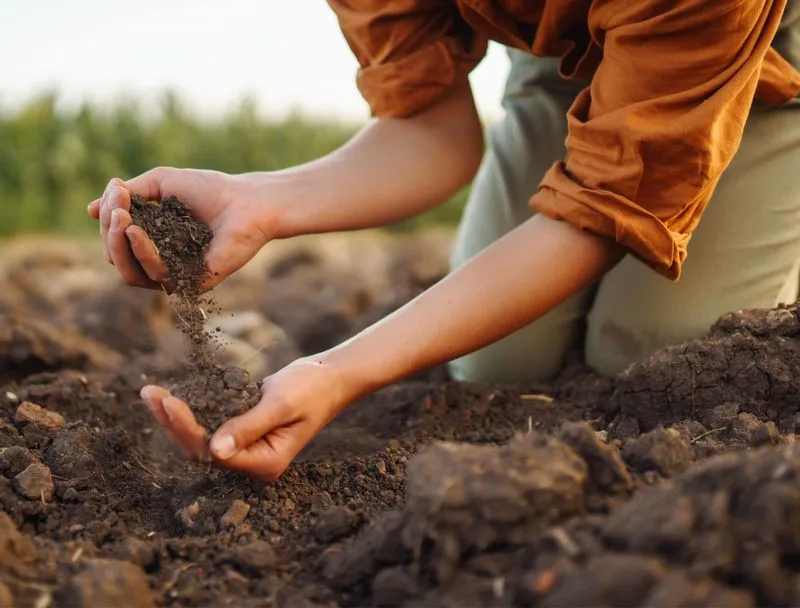
Preparing the soil is a crucial step in growing roses from seed. Start by selecting a well-draining location with access to plenty of sunlight.
Enrich the soil with organic matter, such as compost or well-rotted manure, to improve its fertility and structure. Test the soil’s pH level, aiming for a slightly acidic range of 6.0 to 6.8, which is ideal for roses. A well-prepared soil not only supports healthy root development but also enhances the overall growth and blooming capacity of your roses. Take time to prepare the soil properly for the best results.
Stratification Process
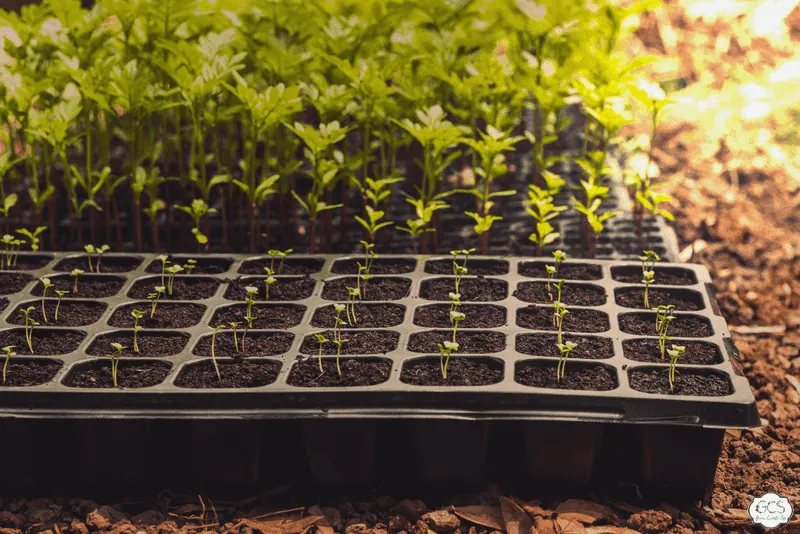
The stratification process is essential for breaking seed dormancy and promoting germination. Mimic winter conditions by placing seeds in a moist medium like peat moss, then refrigerate them for about 10-12 weeks.
This cold treatment signals the seeds that it’s time to sprout when warmer temperatures arrive.
Ensure the medium remains moist throughout the stratification period, but not too wet to prevent mold growth. Successfully completing the stratification process boosts germination rates, setting your seeds on the path to healthy growth and vibrant blooms.
Proper Watering Techniques
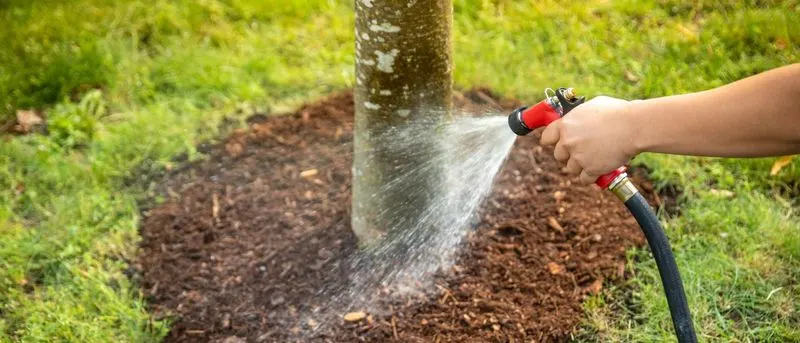
Mastering the art of watering is crucial for rose growth. Roses require consistent moisture, yet overwatering can lead to root rot.
Water deeply but infrequently, allowing the top inch of soil to dry between sessions. Use a watering can for gentle hydration, avoiding foliage wetting to prevent fungal diseases.
Adjust your watering schedule based on weather conditions, increasing frequency during hot spells. By following these techniques, you ensure your roses receive the right amount of water, promoting healthy growth and robust blooms.
Sunlight Needs

Roses thrive under full sunlight, requiring at least six to eight hours daily for optimal growth. Choose a planting site that offers ample sun exposure, especially morning light.
Morning sun helps dry the dew on leaves, reducing the risk of fungal diseases.
In regions with scorching afternoons, provide some shade to prevent heat stress. Understanding and meeting your roses’ sunlight needs will encourage vigorous growth and abundant flowering. With the right amount of sunlight, your roses will reward you with vibrant, lush blooms and robust health.
Fertilization Schedule

Establishing a precise fertilization schedule is key to nourishing your roses. Begin feeding after the first true leaves appear, using a balanced, organic fertilizer.
Fertilize regularly during the growing season, usually every four to six weeks, to support continuous growth.
Be careful not to over-fertilize; excessive nutrients can harm plant health and impede blooming. Tailor your fertilization approach to the specific needs of your rose variety for optimal results. By maintaining a consistent schedule, you’ll ensure your roses are well-nourished and equipped to thrive.
Pest Control

Effective pest control is vital for rose cultivation. Regularly inspect your plants for signs of insect activity, such as holes in leaves or discolored foliage.
Implement organic pest control methods, like neem oil or insecticidal soap, to manage infestations without harming beneficial insects.
Encourage natural predators, like ladybugs, to keep pest populations in check. By staying vigilant and addressing pest issues promptly, you protect your roses from damage and ensure they flourish. An integrated pest management approach fosters a healthy garden ecosystem, benefiting your roses and overall biodiversity.
Disease Prevention

Disease prevention is crucial for robust rose health. Choose disease-resistant varieties to minimize risks, and practice good hygiene by cleaning tools and removing debris.
Ensure proper spacing between plants to enhance air circulation, reducing fungal disease likelihood.
Regularly inspect your roses for any signs of disease, such as spots or discolored leaves, and act quickly to mitigate spread. Employing these preventive measures maintains plant vigor, ensuring your roses stay healthy and bloom beautifully. A proactive approach to disease management keeps your garden thriving and your roses radiant.
Pruning Techniques

Pruning is essential for shaping rose plants and encouraging blooms. Use sharp, clean shears to remove dead or diseased wood, cutting at an angle to promote healing.
Prune during dormancy, typically in late winter, to stimulate growth come spring.
Focus on opening the plant’s center for better air circulation. Regular pruning not only enhances plant structure but also increases flowering potential. By mastering pruning techniques, you ensure your roses grow vigorously and display their blooms magnificently. Pruning is an art that demands precision but offers rewarding results in your garden.
Spacing and Arrangement
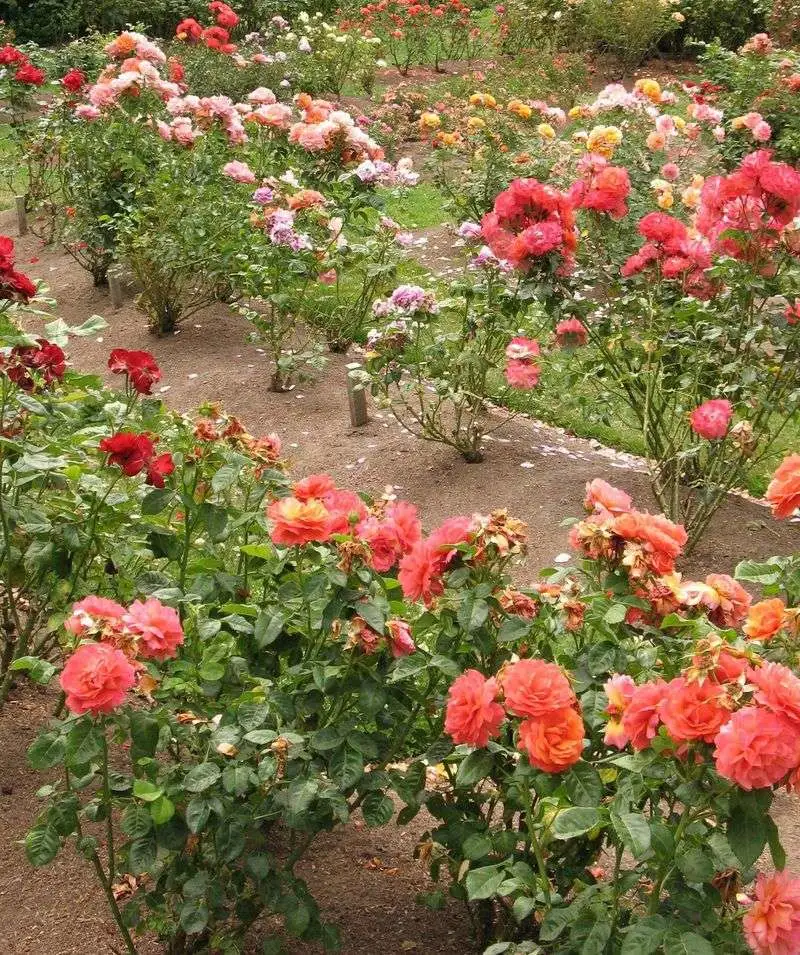
Proper spacing and arrangement are vital for healthy rose growth. Ensure each plant has enough room to grow, typically spacing them about two to three feet apart.
This distance promotes air circulation, preventing disease and encouraging robust development.
Consider the mature size of your rose variety when planning your layout. Arranging your plants aesthetically also enhances garden appeal. Thoughtful spacing and arrangement allow your roses to receive adequate sunlight and nutrients, leading to a thriving, beautiful garden filled with vibrant blooms and healthy plants.
Mulching Benefits
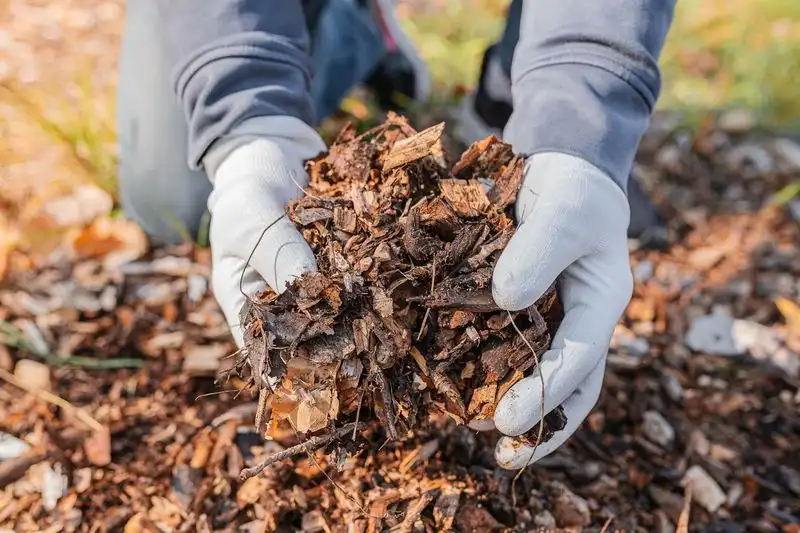
Mulching is a beneficial practice for growing roses. Apply a layer of organic mulch, like bark or wood chips, around the base of your plants.
This helps retain moisture, suppress weeds, and maintain consistent soil temperature.
Mulch also adds nutrients as it decomposes, enriching the soil over time. By incorporating mulching into your rose care routine, you create a supportive environment for robust growth and prolific blooming. Remember, a well-mulched rose garden not only looks tidy but also enhances the health and vitality of your plants, ensuring they flourish.
Transplanting Seedlings
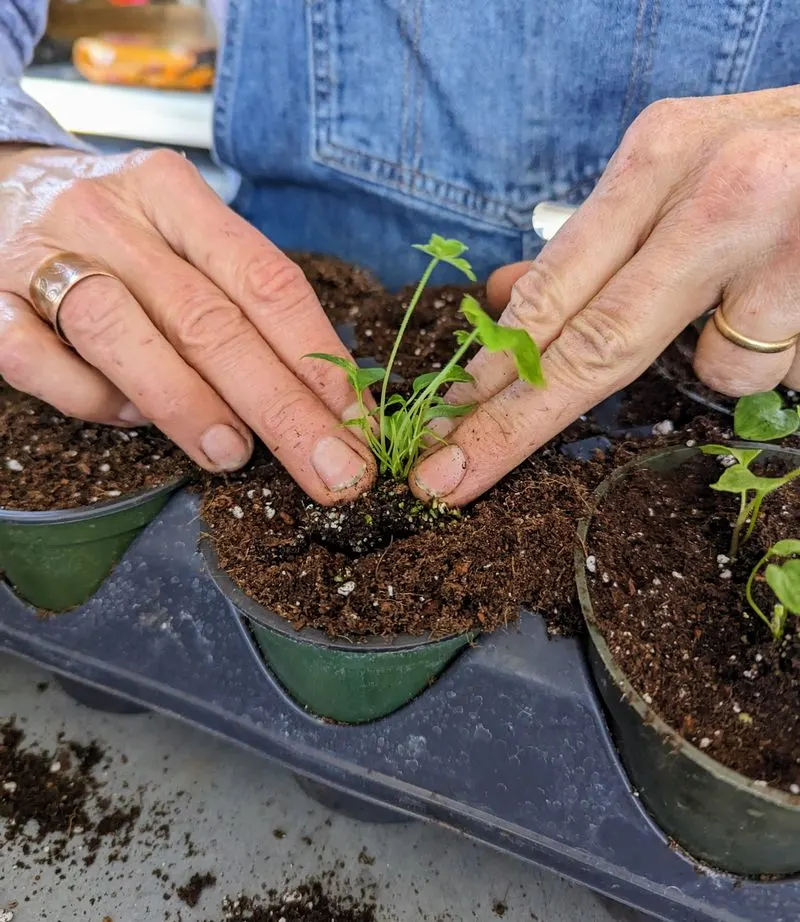
Transplanting rose seedlings requires care and precision. Begin by hardening off seedlings, gradually exposing them to outdoor conditions to minimize transplant shock.
Choose a cloudy day or late afternoon for transplanting to avoid stress from direct sun.
Handle seedlings gently, ensuring roots remain intact. Plant them at the same depth as they were in their pots, and water thoroughly after transplanting. By following these steps, you help your rose seedlings establish themselves in their new environment, promoting healthy growth and future blooms. Successful transplantation is a key milestone in your rose-growing journey.
Seasonal Care
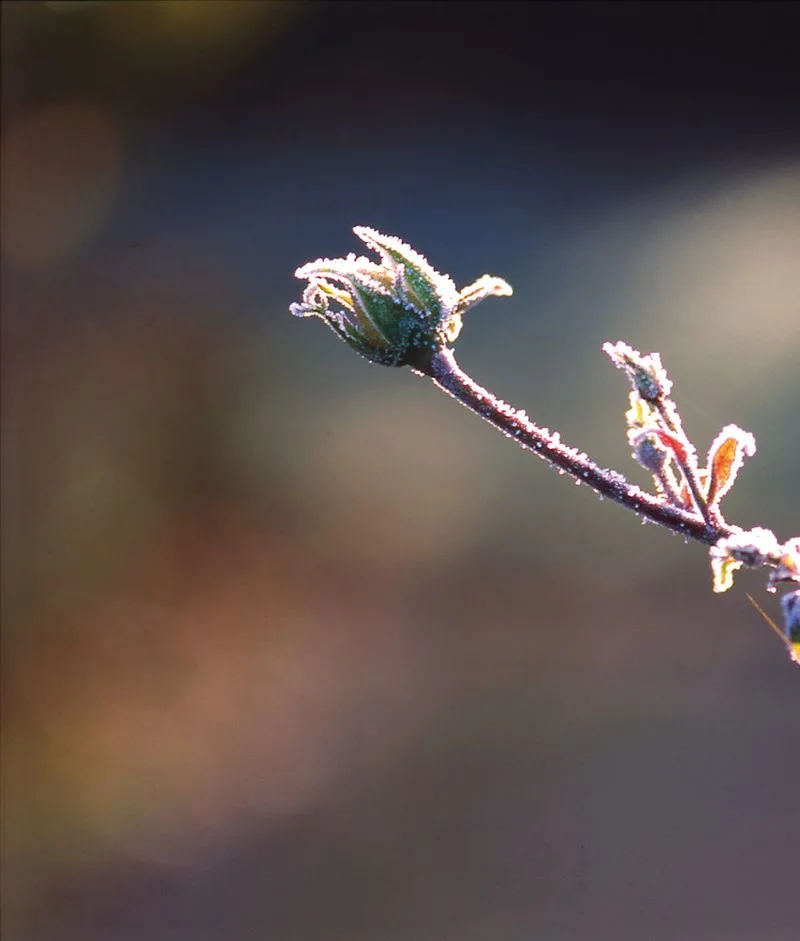
Seasonal care is essential for thriving roses year-round. Adapt your care routine to the changing seasons, providing extra protection during winter by mulching heavily or covering plants with burlap.
In spring, focus on feeding and pruning to encourage new growth.
Summer care includes regular watering and pest management, while fall is a time to tidy up and prepare for dormancy. By tailoring your care practices to each season, you ensure your roses remain healthy and resilient, ready to bloom beautifully in the coming year. Seasonal attention is a cornerstone of successful rose cultivation.
Understanding Rose Varieties
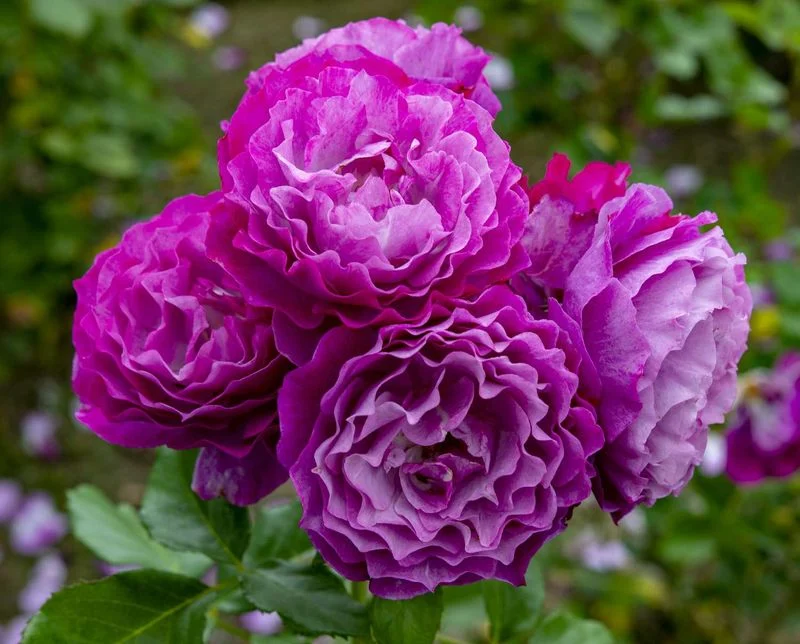
Understanding rose varieties helps tailor your growing approach. Research different types, such as hybrid teas, floribundas, or climbers, to match your garden’s needs and conditions.
Each variety has unique characteristics, from bloom size to growth habits and disease resistance.
Selecting varieties suited to your climate and preferences boosts success rates. By expanding your knowledge of rose varieties, you can create a diverse and vibrant garden that’s both beautiful and sustainable. Embrace the uniqueness of each variety as you cultivate a garden that reflects your personal style and horticultural ambitions.
Harvesting and Storing Seeds
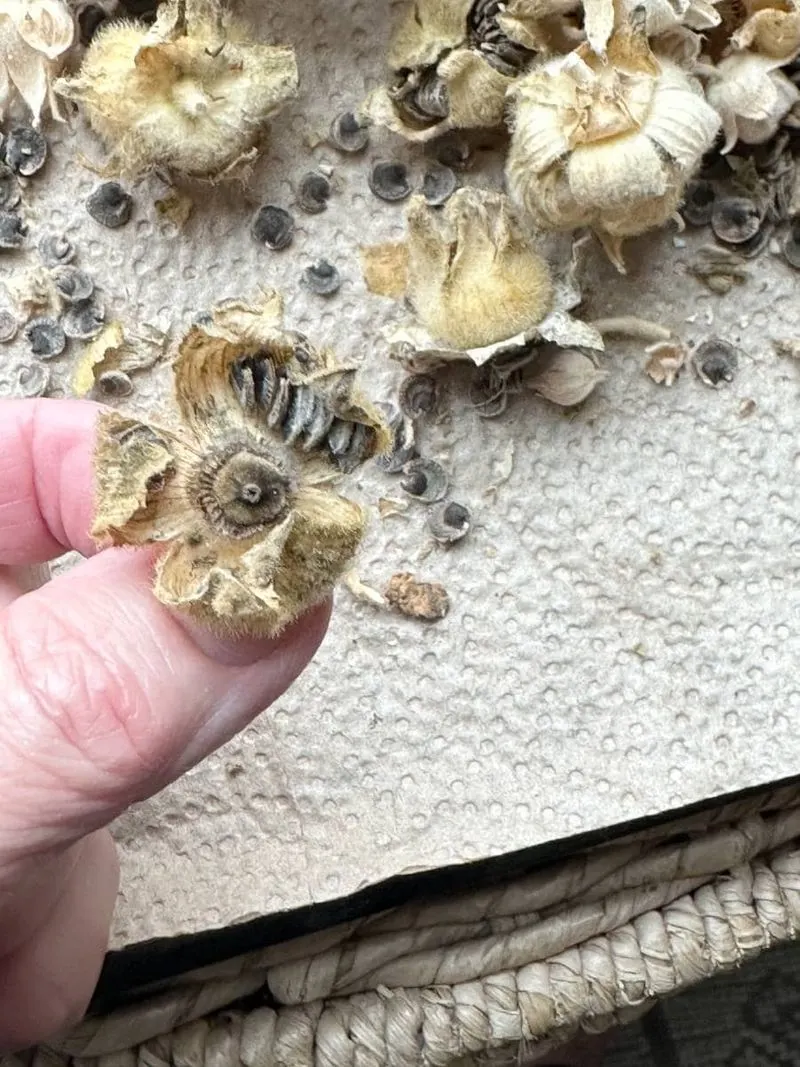
Harvesting and storing seeds allows you to continue growing your favorite roses. Wait until rose hips are fully mature before harvesting, usually after the first frost.
Remove seeds from hips, clean them, and allow them to dry. Store in labeled envelopes in a cool, dry place.
Properly stored seeds retain viability for future planting. This method preserves genetic diversity and offers the opportunity to experiment with new varieties. Harvesting and storing seeds is a rewarding practice that sustains your rose garden’s legacy and enables ongoing exploration of your gardening passion.
Patience and Persistence

Patience and persistence are crucial virtues in rose cultivation. Growing roses from seed is a gradual process, often taking years to see full results.
Celebrate small milestones and remain committed, even when challenges arise. Each step, from seed to bloom, is an opportunity to learn and improve.
Embrace the journey, and enjoy the satisfaction that comes with nurturing life. By fostering patience and persistence, you cultivate not only beautiful roses but also a deeper connection with nature. This approach enriches your gardening experience and leads to lasting success.

